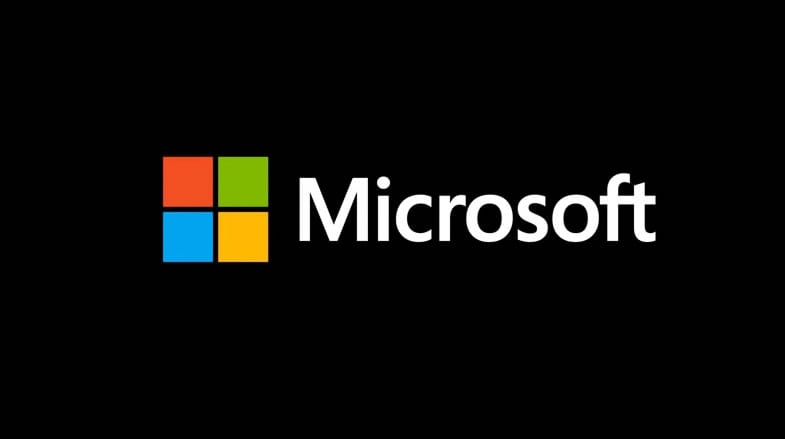There can be no doubt that Microsoft has a masterful ability to create a spectacle. Their marketing efforts are surpassed by few, if any, in the software industry, and their penchant for pouring more and more money into their marketing campaigns seems to grow with every new major software release.
As you will see from the infographic below, provided by the folks at WhoIsHostingThis, the spectacle all began with Windows 95. The marketing buzz around Windows 95 allowed Windows users and potential users to look beyond the security flaws and compatibility issues caused by rushed production of the operating system to purchase 40 million copies of Windows 95, netting Microsoft revenues of $8.7 billion from its $200 million marketing campaign.
The buzz slowly expanded, with Microsoft committing more and more resources to marketing and gaining further increased revenues with each major operating system release. The software giant might have passed the margin of diminishing returns with Windows 8, a product that Microsoft indicates might only be supported until July 2014. While the marketing launches of Windows 3 and Windows 95 only cost the company 1.3% and 5.6% of the first-year revenues respectively, Microsoft’s marketing campaign for Windows 8 cost more than 11% of the first 6 months of sales.
Perhaps the time of increased spectacle is past. Are customers becoming wiser to marketing hype and actually paying attention to the quality of the product being advertised? Perhaps not, since figures show that Microsoft increased its share of the mobile market, growing Windows Phone by 69% in the fourth quarter of 2013, while Apple’s iOS only grew 17% during the same quarter.

